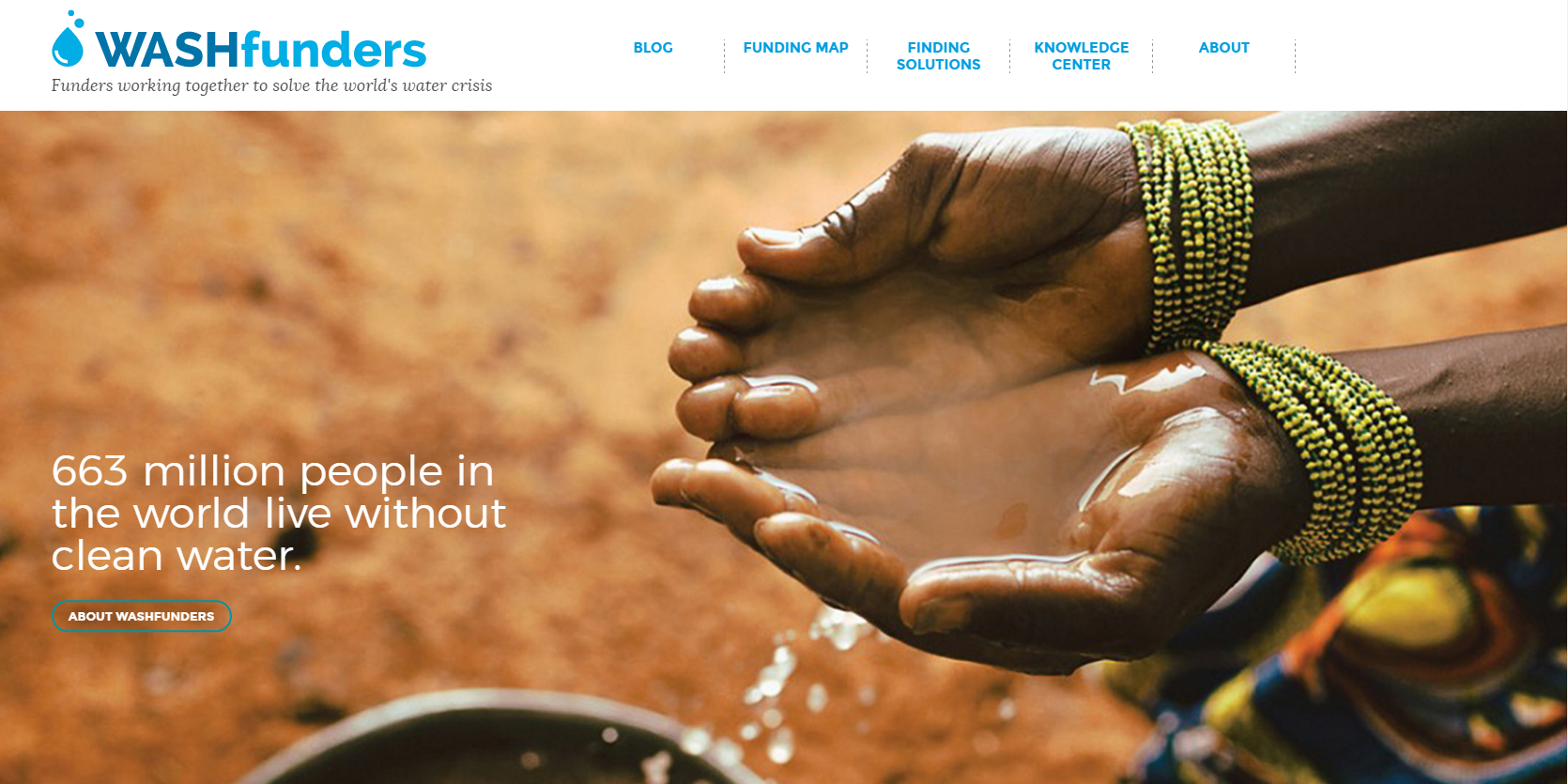Environmental Programs Exploring the Link Between Environmentalism and Indigenous Groups
There is wide recognition of the correlation between the earth’s remaining biological diversity and indigenous lands. Indigenous territories are estimated to cover 24 percent of the world’s land surface and contain 80 percent of the earth’s remaining healthy ecosystems.
The UN Office of the High Commission for Human Rights notes that the 17 nations home to more than two-thirds of the earth’s biological resources contain traditional territories of most of the world’s indigenous peoples.
Environmental funders in particular often base their rationale of support for indigenous peoples on this convergence between the concentration of indigenous lands and biodiversity. Avecita Chicchon, program director of the Andes Amazon Initiative at the Gordon and Betty Moore Foundation, notes, “When we talk about conservation of the Amazon, we know that 27 percent is in indigenous territories, and most of that is covered with healthy forests.”
Since so much of the earth’s remaining biodiversity is located on indigenous territory, many funders consider these communities integral to their environmental defense strategies. Funding people to conserve the environment is an entry point for support to indigenous communities, whose land-based cultures have developed sustainable resource management strategies. “If you’re interested in protecting the remaining biological diversity on the planet, you’re going to want to work with indigenous communities,” said Sonja Swift, trustee of the Swift Foundation and board member of the affinity group International Funders for Indigenous Peoples (IFIP).“These communities are strongholds of cultural and linguistic diversity, which comes in direct response to the ecological diversity of the places they live.”
“Since indigenous communities conserve biodiversity on their lands, philanthropic allies find support to them matched by community effort,” said Peter Kostishack, director of programs at Global Greengrants Fund and IFIP board member. “You put in a small amount of funding and all of a sudden, that contribution is matched many-fold.”
Funders recommend placing a dollar value on the more intangible contributions of indigenous communities in the area of environmental defense, in order to recognize the value of ancestral knowledge and practices. Traditional knowledge generally refers to the wisdom, innovations, and practices that indigenous peoples around the world pass on from generation to generation. For example, the International Indigenous Women's Forum (FIMI) designates budget lines for traditional knowledge and speaking a native language, giving a dollar value to project inputs of indigenous communities.
As climate change attracts more attention, the lines between environmental defense and sustainable development continue to converge. Indigenous peoples are increasingly seen at the nexus of these connections. “For indigenous peoples, sustainable development isn’t some kind of new idea,” said Brian Keane, advisor on indigenous issues at USAID. “Indigenous peoples can have a profoundly positive impact on redefining what is sustainable and being key actors in working toward it.”
Takeaways are critical, bite-sized resources either excerpted from our guides or written by Candid Learning for Funders using the guide's research data or themes post-publication. Attribution is given if the takeaway is a quotation.
This takeaway was derived from Funding Indigenous Peoples.

